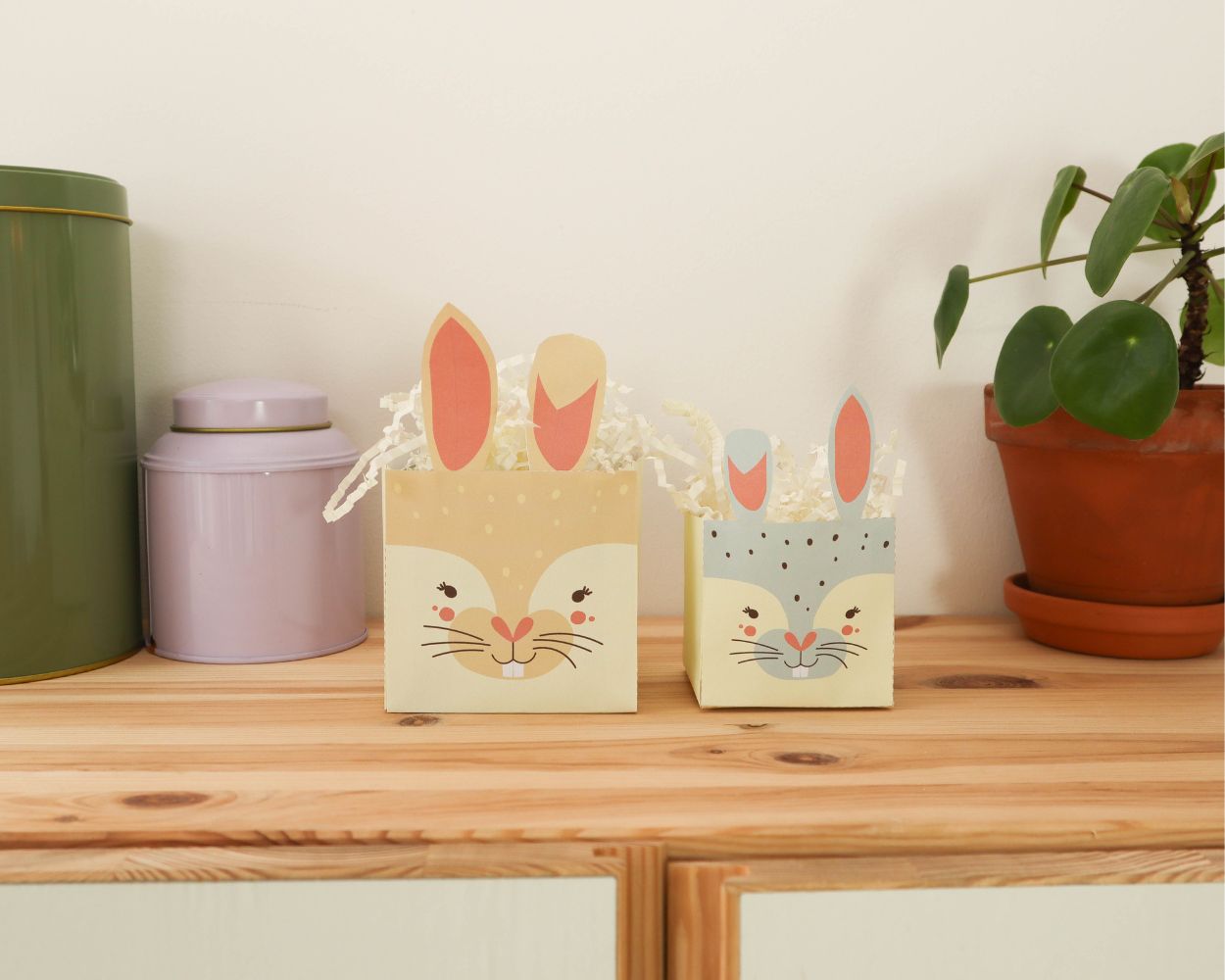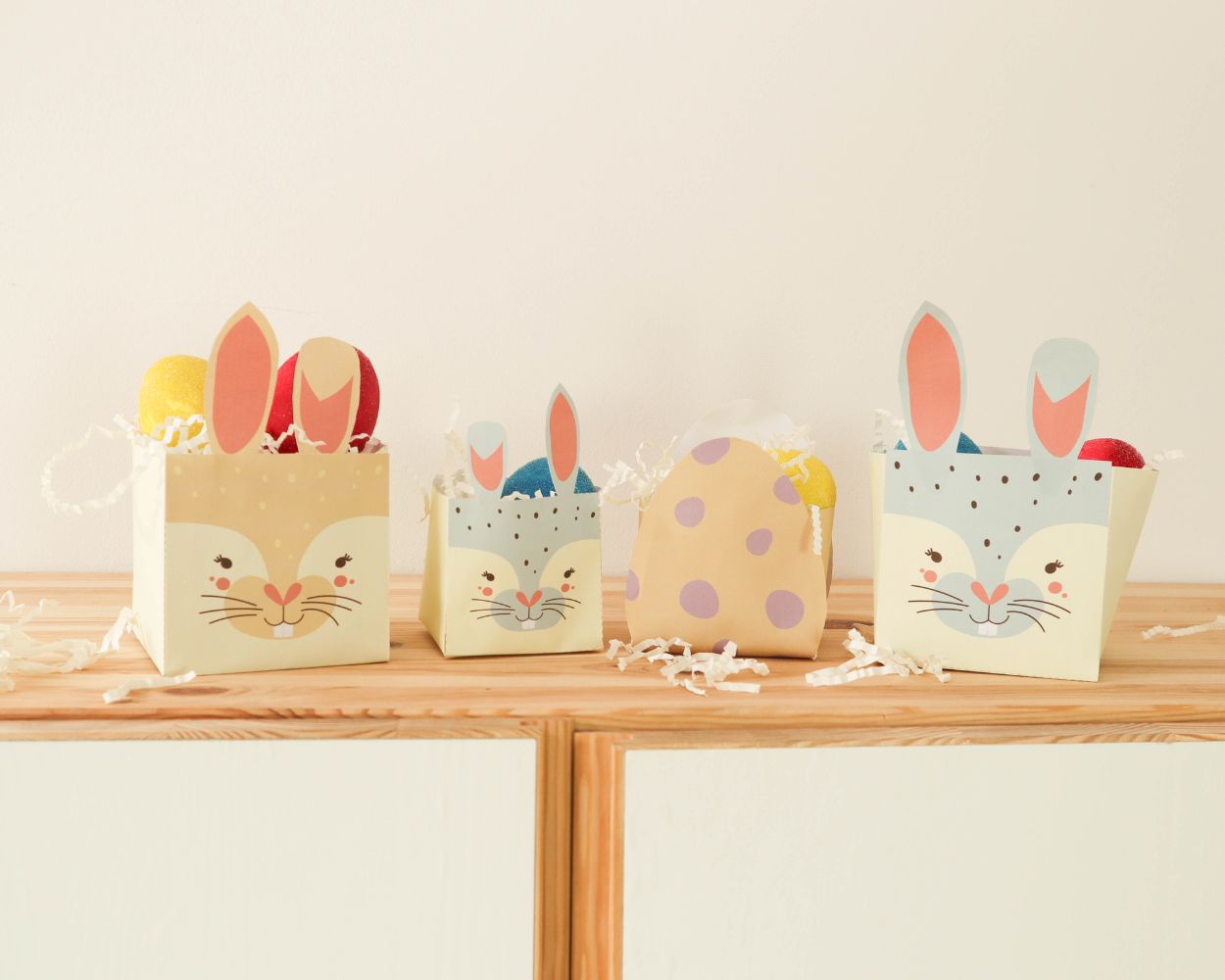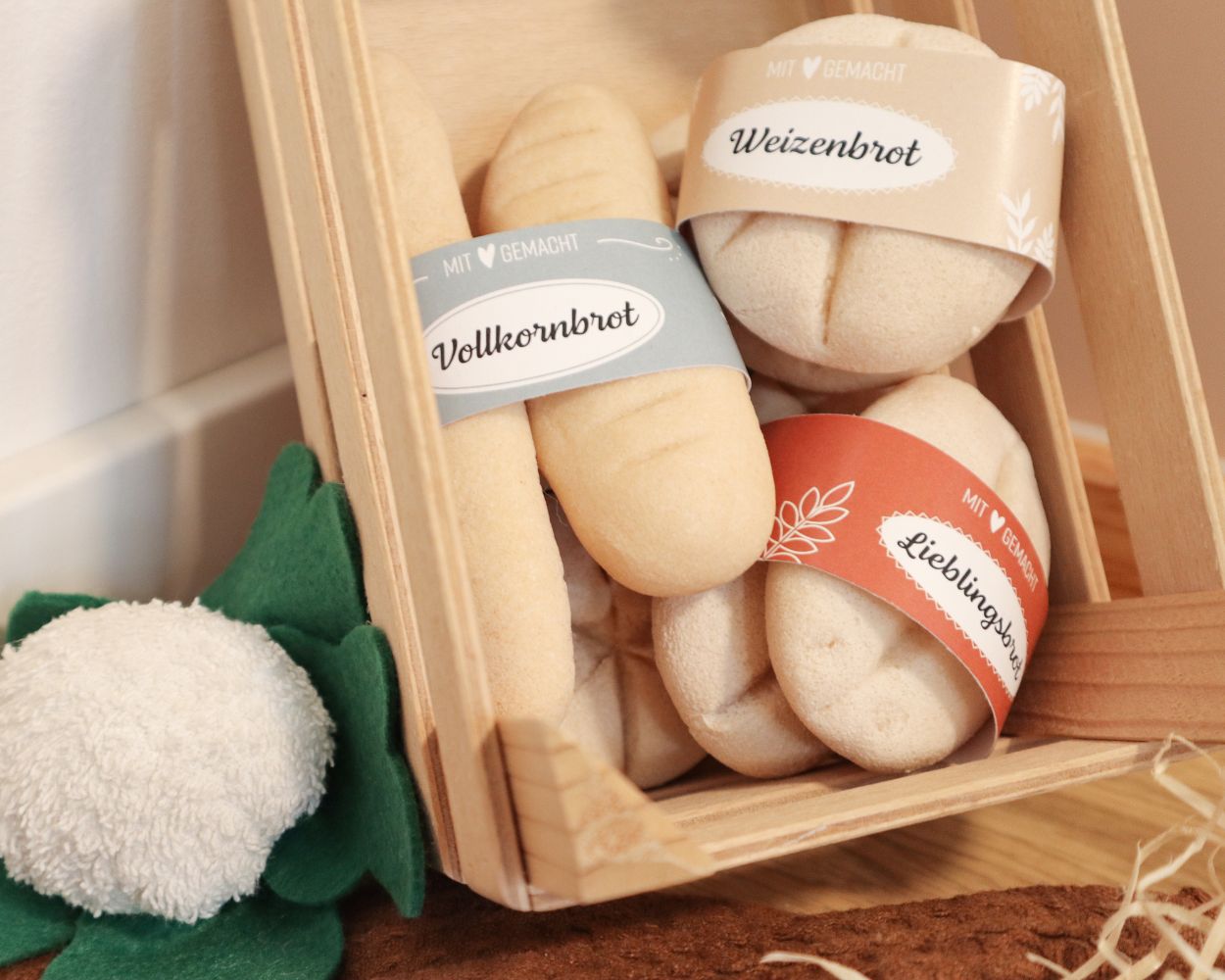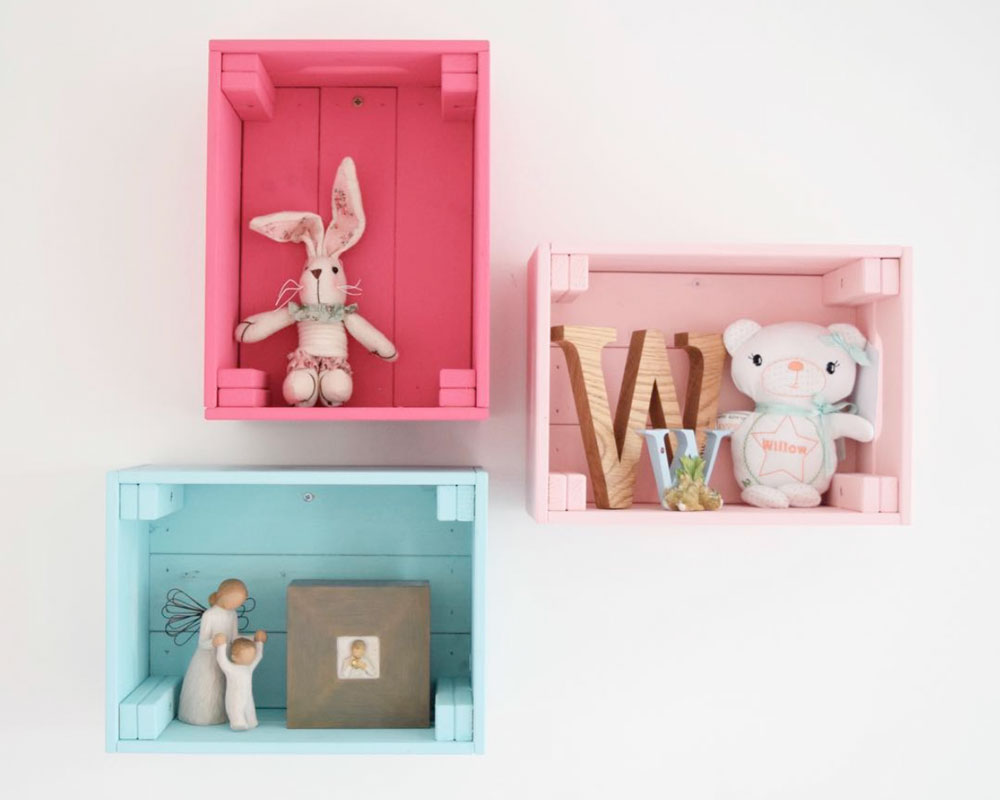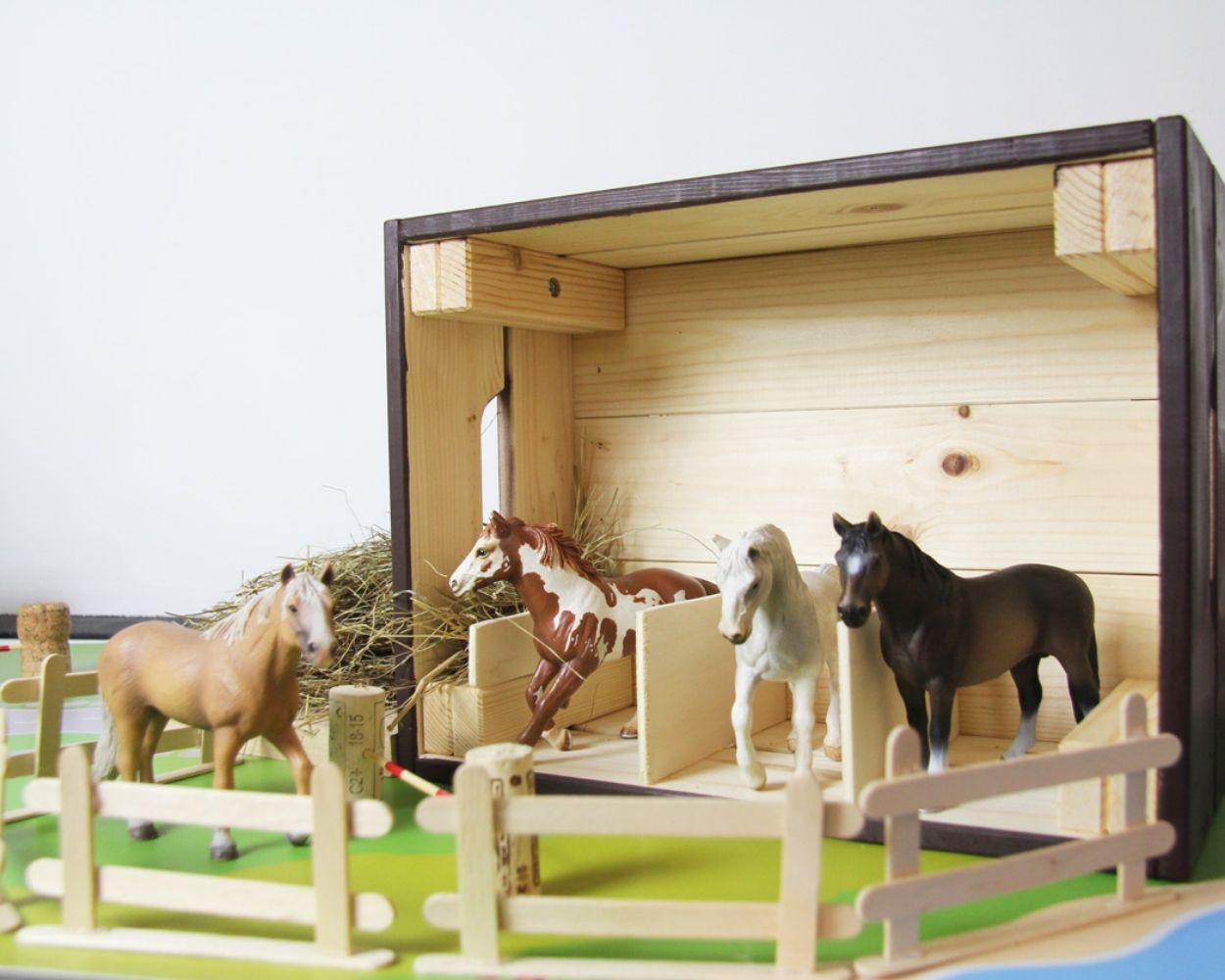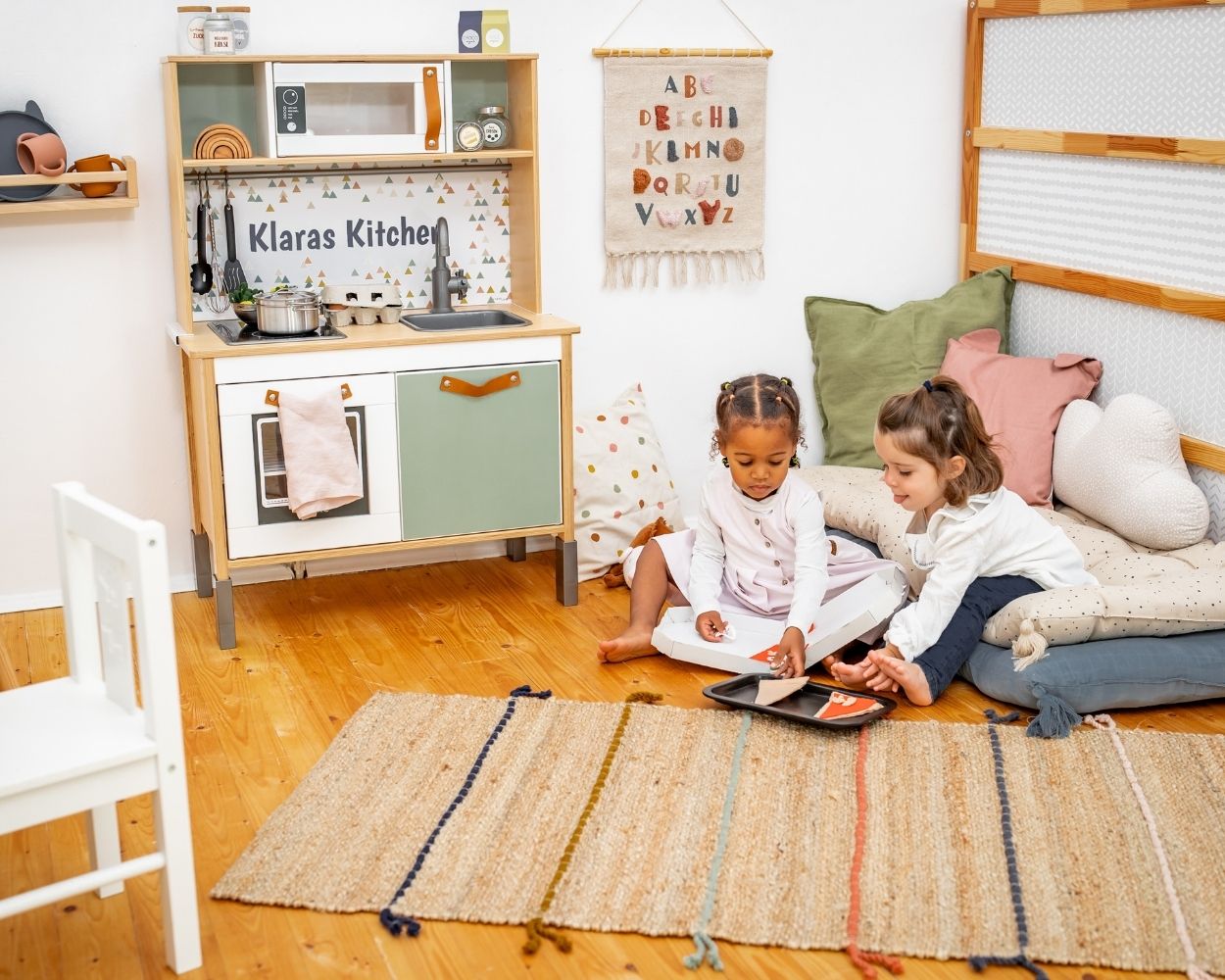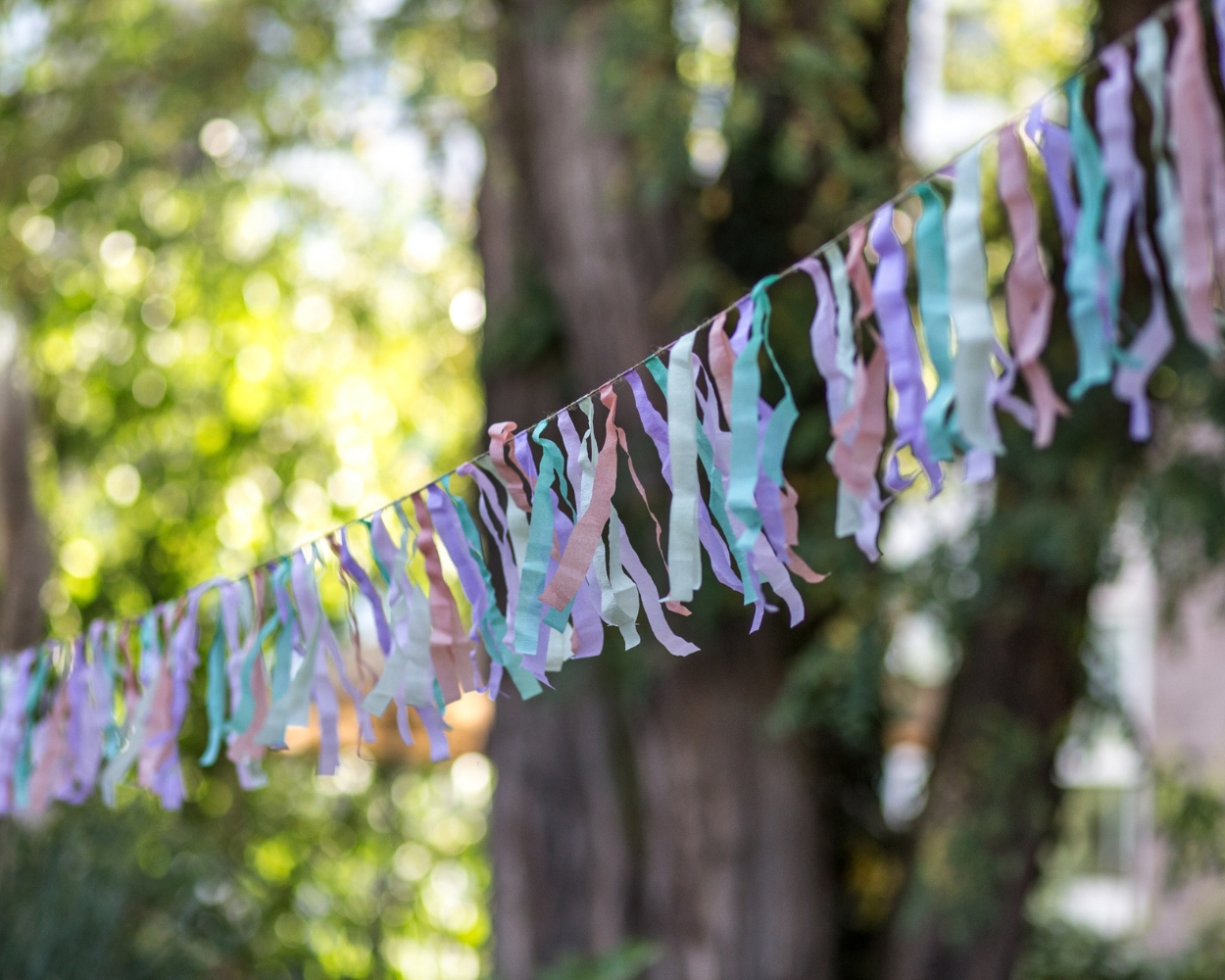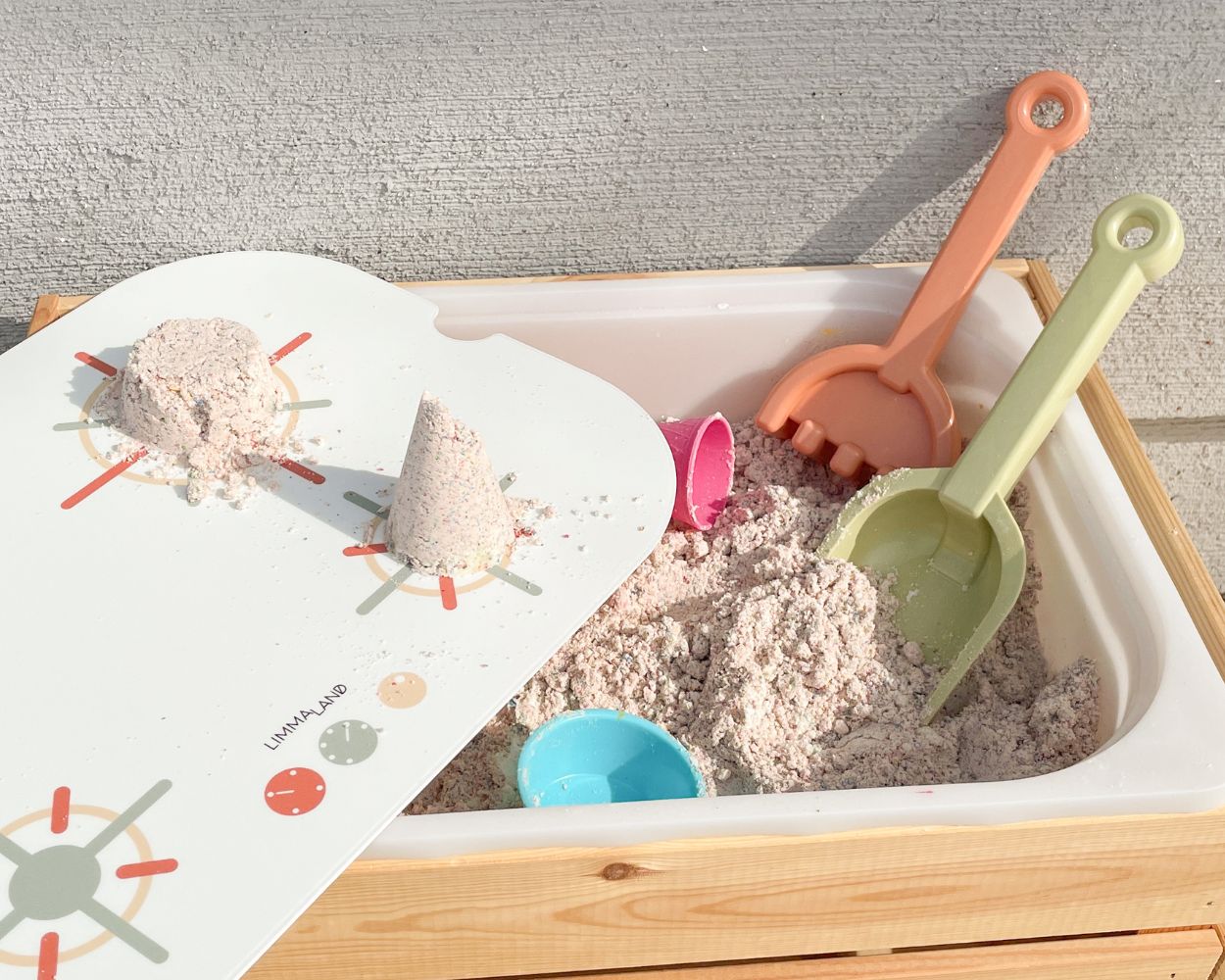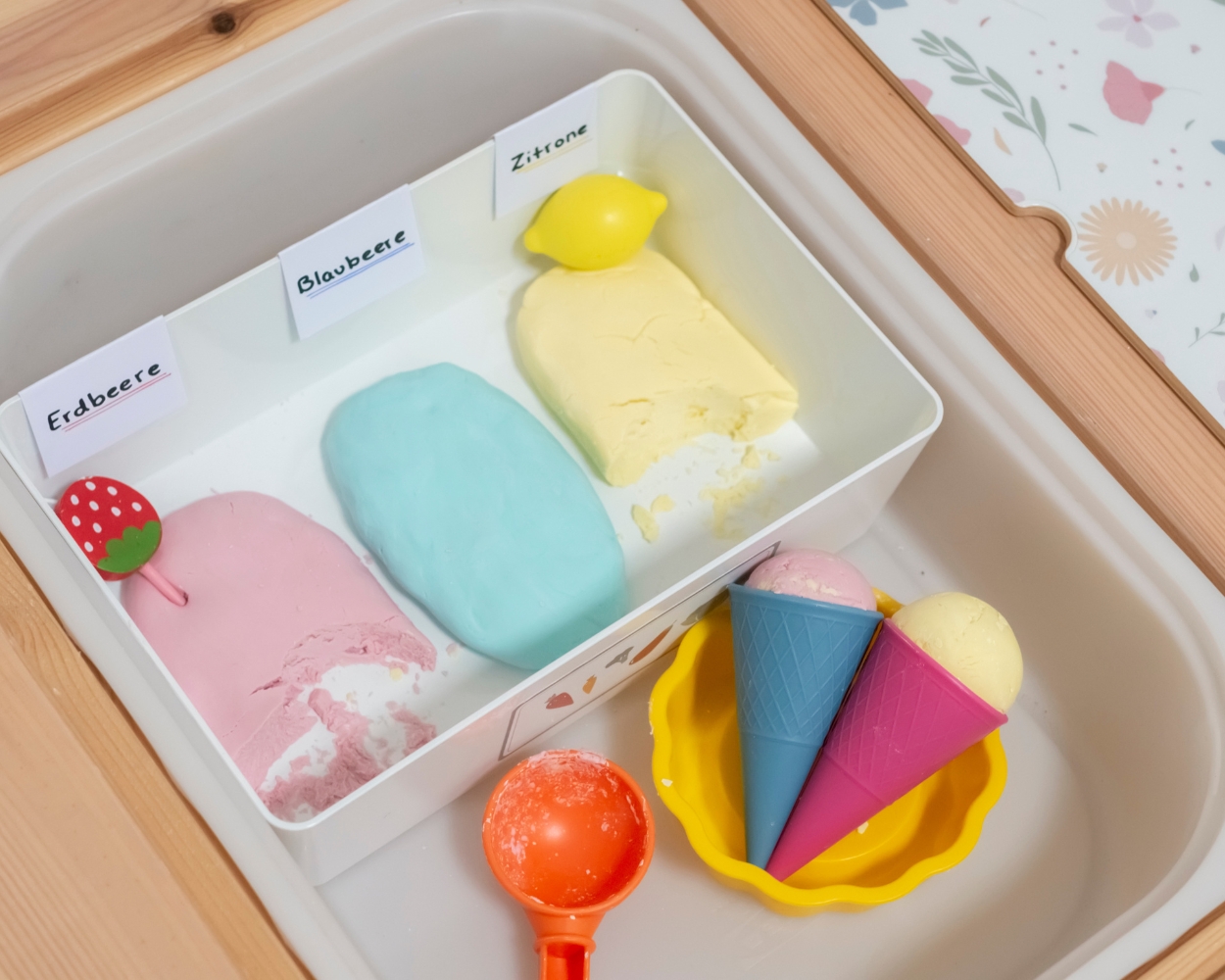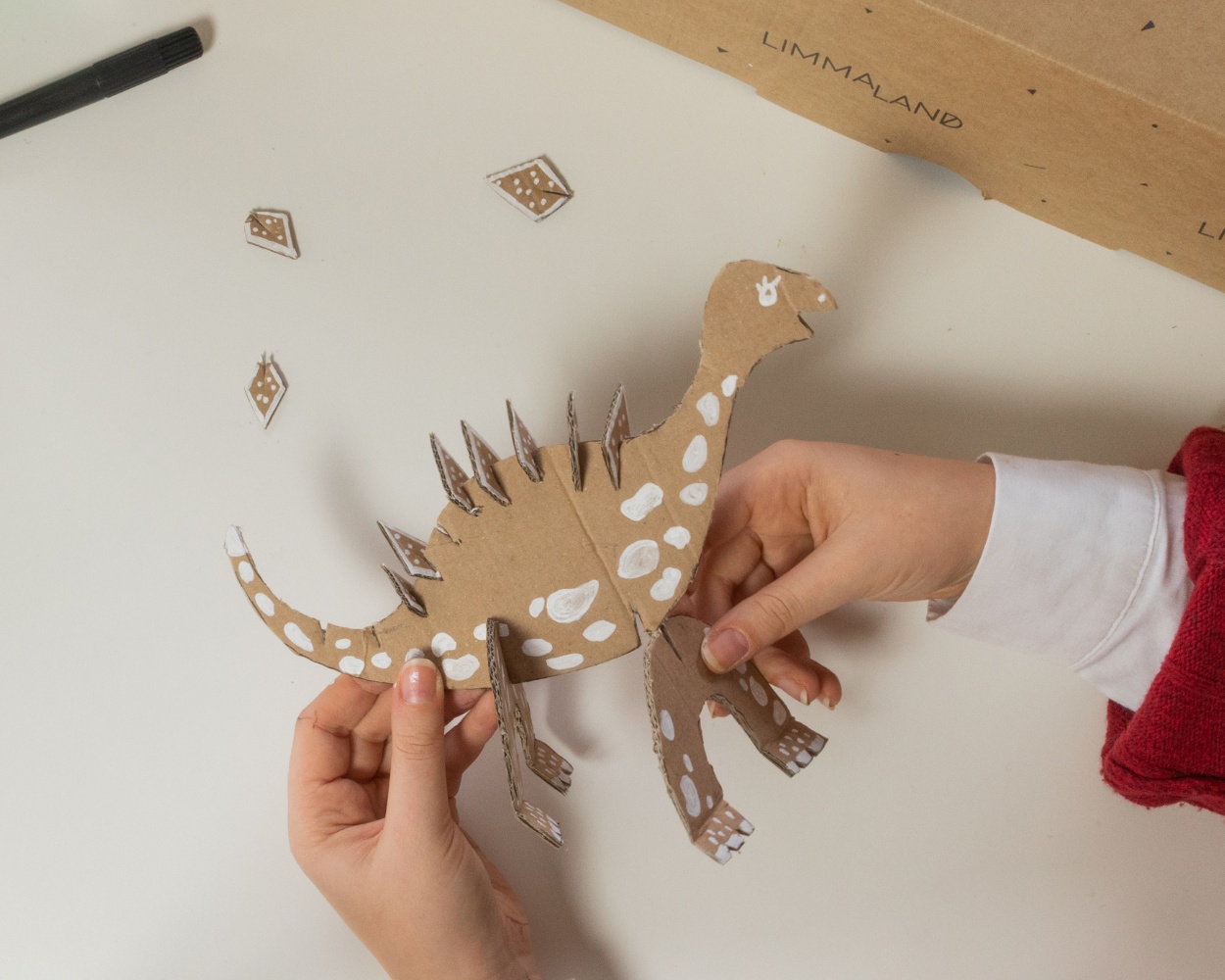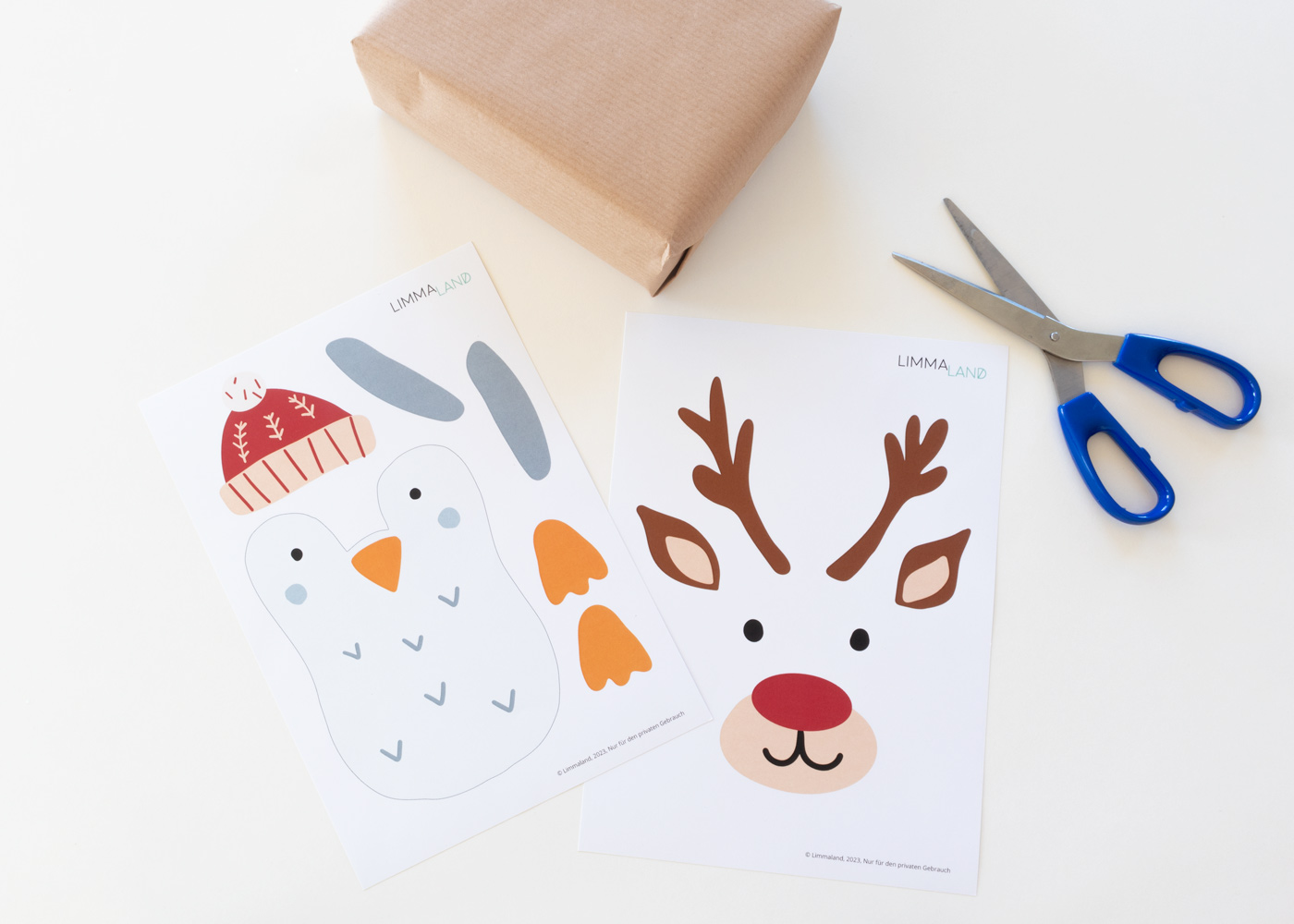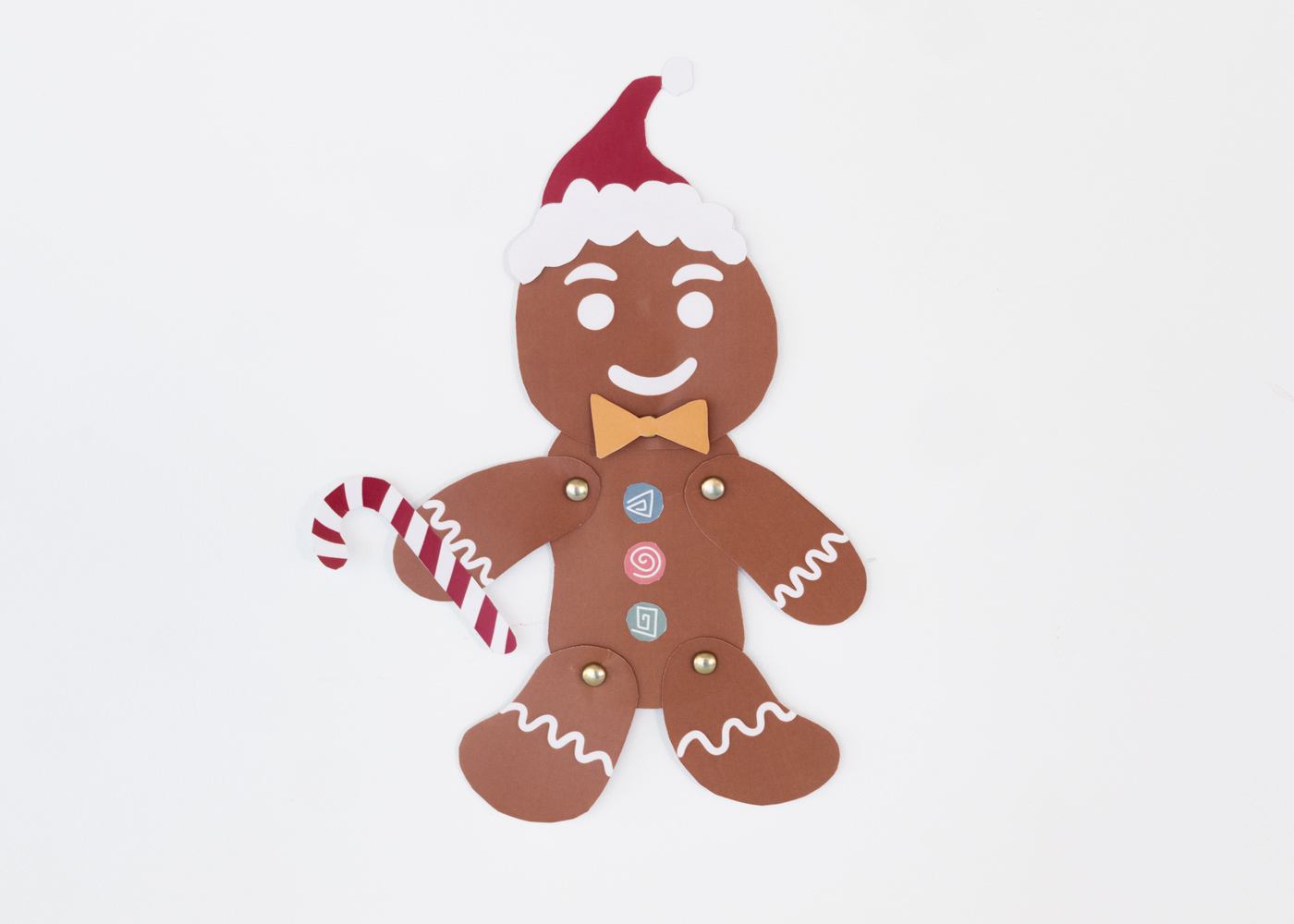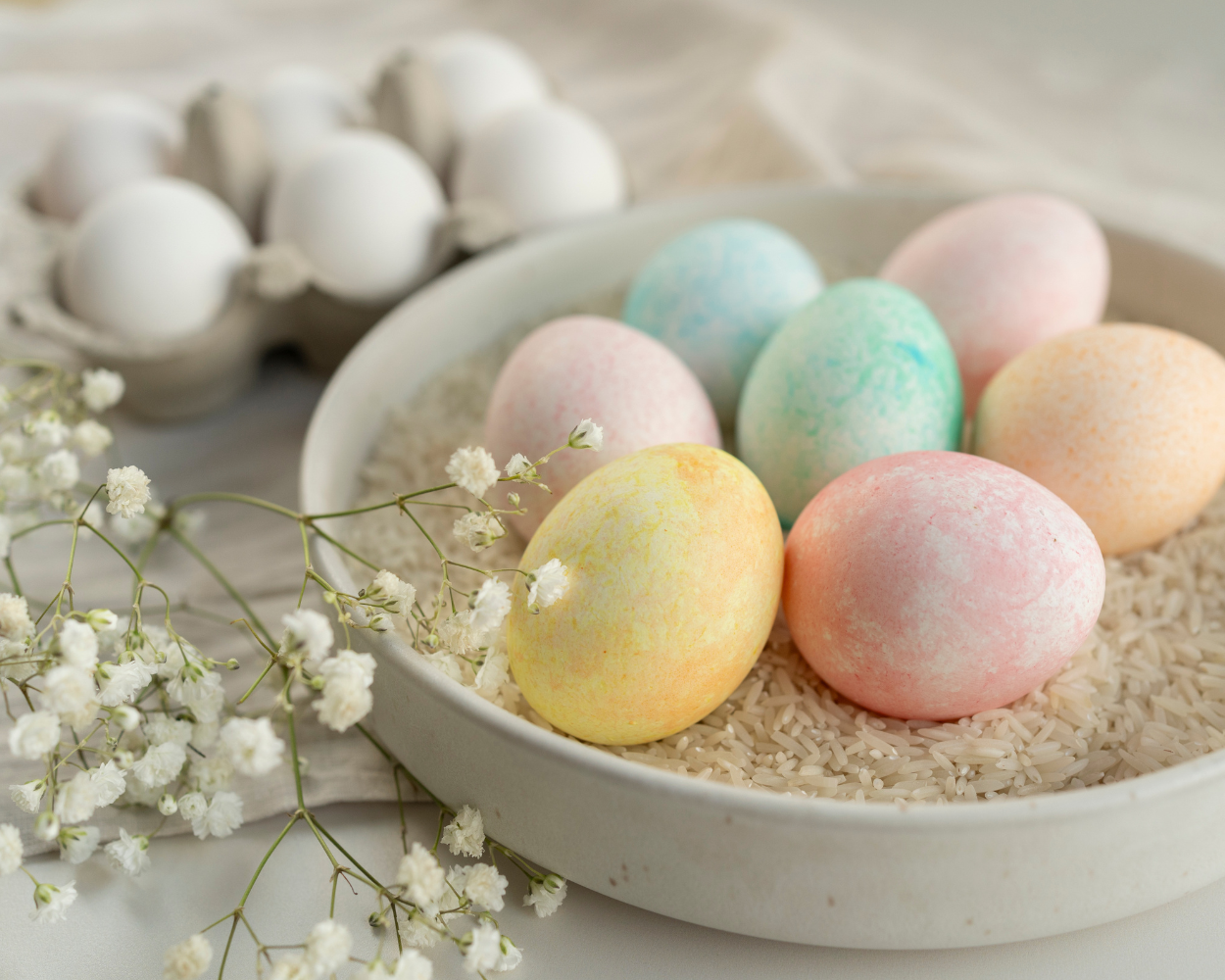
Colouring Easter eggs with children
Colouring Easter eggs with children
Discover creative colouring techniques with simple instructions to follow - for a colourful Easter with the whole family. 🎨🐰🥚
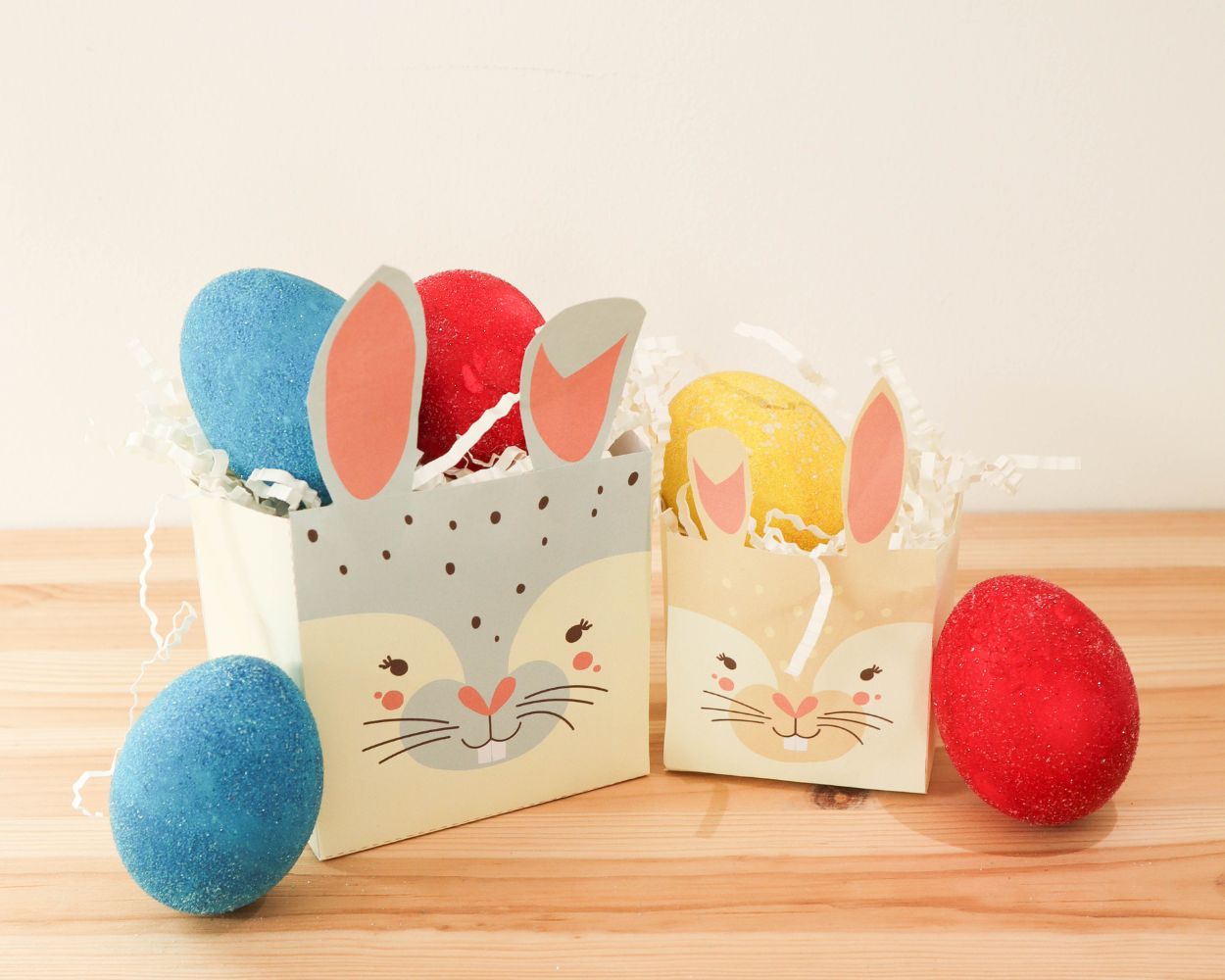
Easter egg magic in two variations
Colourful eggs are definitely part of Easter, aren't they? But the ready-coloured eggs from the supermarket are a bit dull.
So today we're going to show you how you can create glittery or cool marble-effect Easter eggs with our easy instructions. So what are you waiting for? Grab your craft supplies and discover the magic of Easter egg colouring with us!
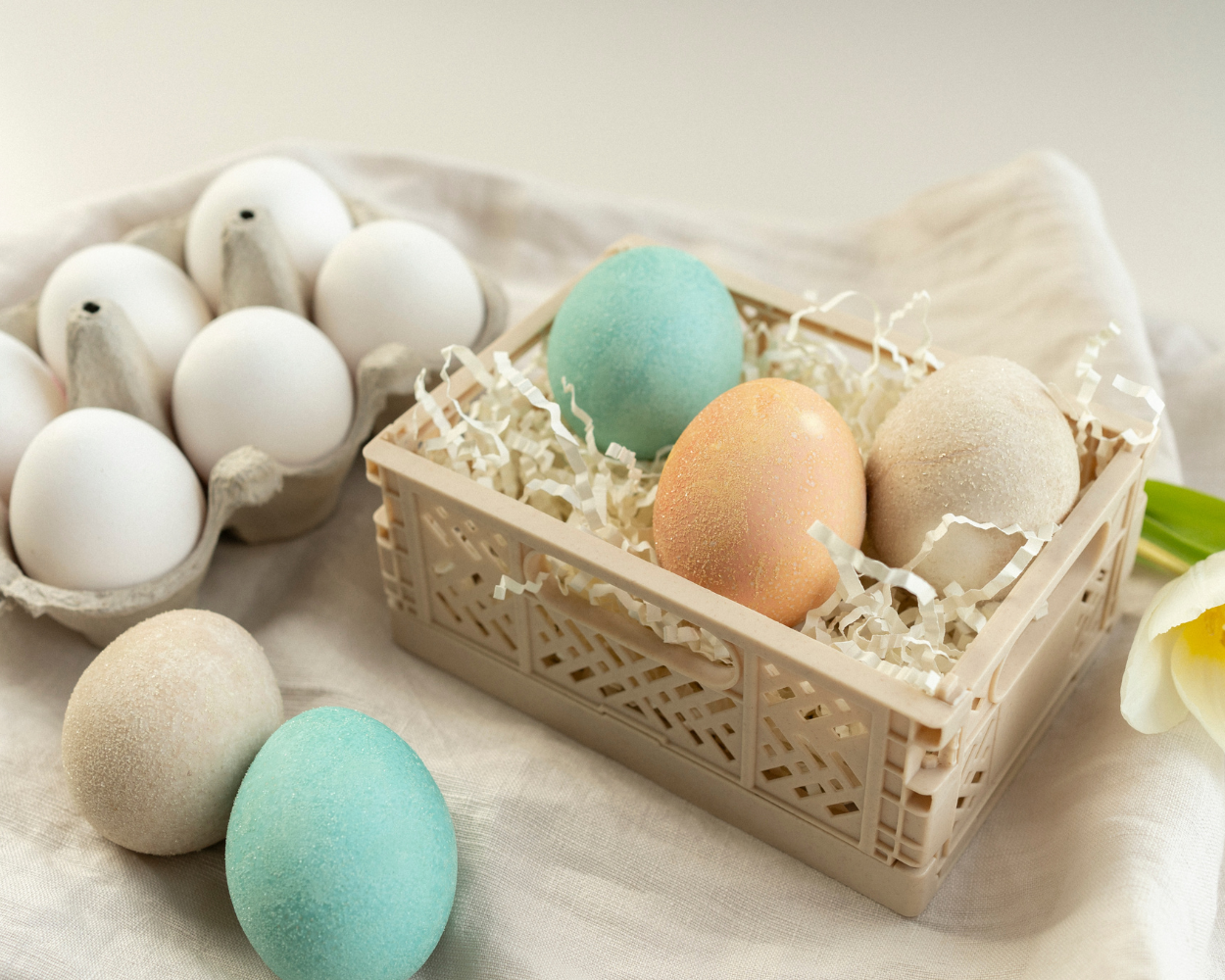
Variant 1: Glittering Easter eggs
Colourful Easter eggs are already great, but have you ever tried glittering Easter eggs? This year, we're going for the sparkly trend and showing you how easy it is to conjure up the glitter effect.
What you need for the glittery Easter eggs
- Eggs
- 2 litres of white wine or light grape juice
- approx. 200 g sugar
- Egg dye or food colouring
- 2 pots (1 pot per colour)
- 1 spoon
- Kitchen paper
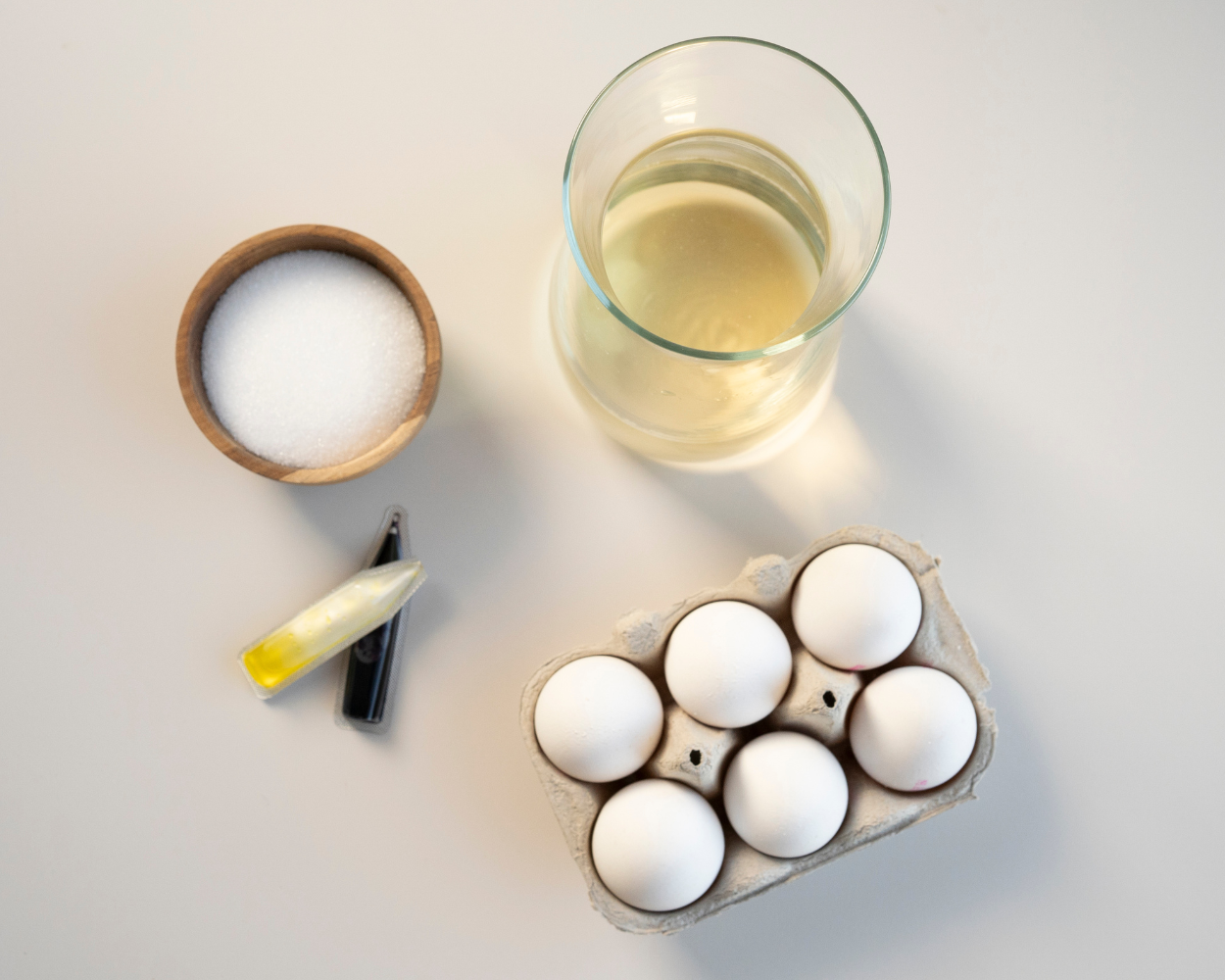
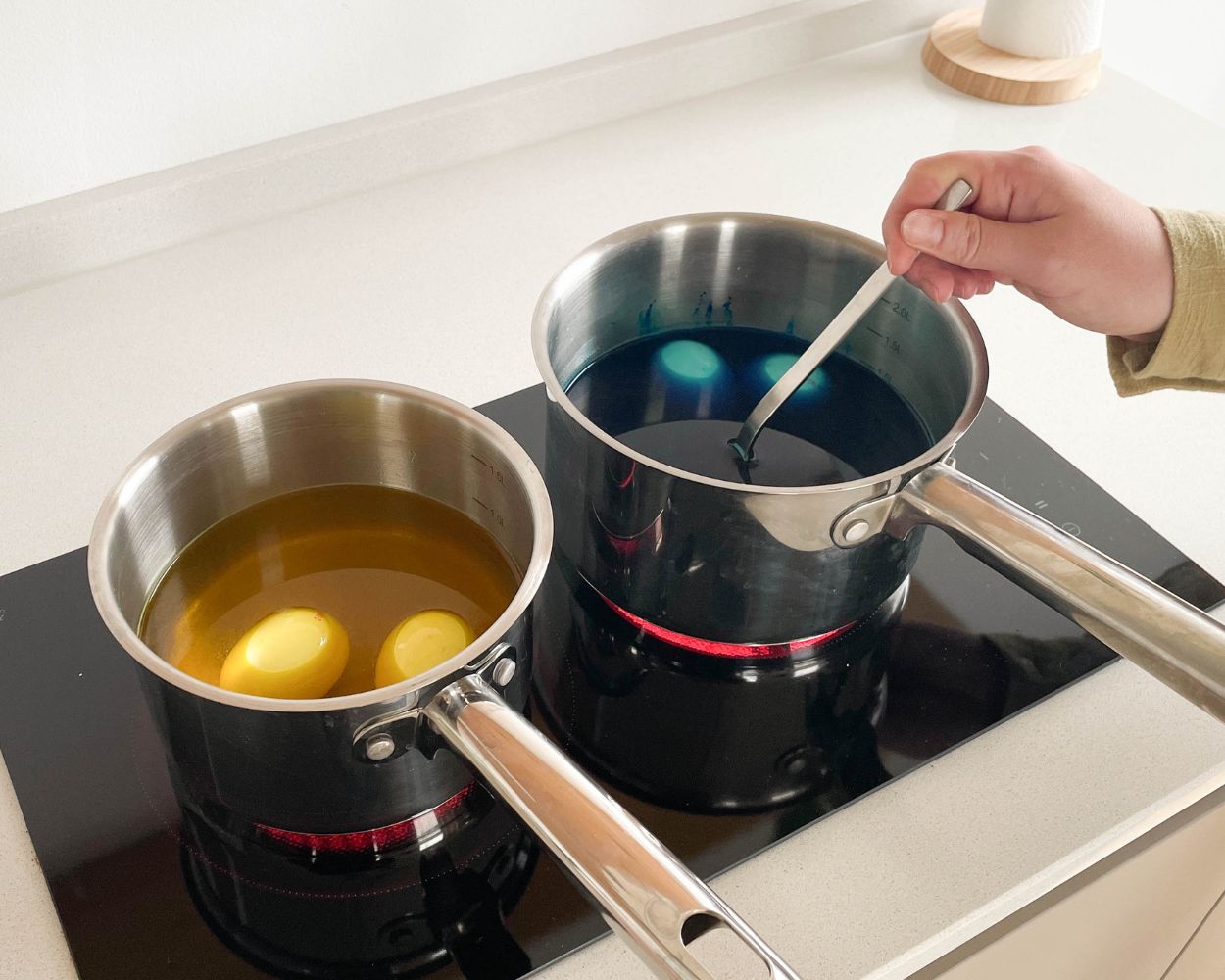
Step 1: Prepare the liquid for colouring
To make your own glittery Easter eggs, start by dividing 200 g of sugar and 2 litres of white wine between two pots. Make sure that the liquid can cover the eggs completely. Then add food colouring - the more colour, the more intense the colouring will be.
Step 2: Colouring the eggs
The next step is to colour the eggs. Carefully place them in the colour-enriched liquid and then bring to the boil. Leave the eggs to simmer for around 8-10 minutes until they are perfectly hard-boiled.
Our tip: The intense colours really come into their own with white eggs.
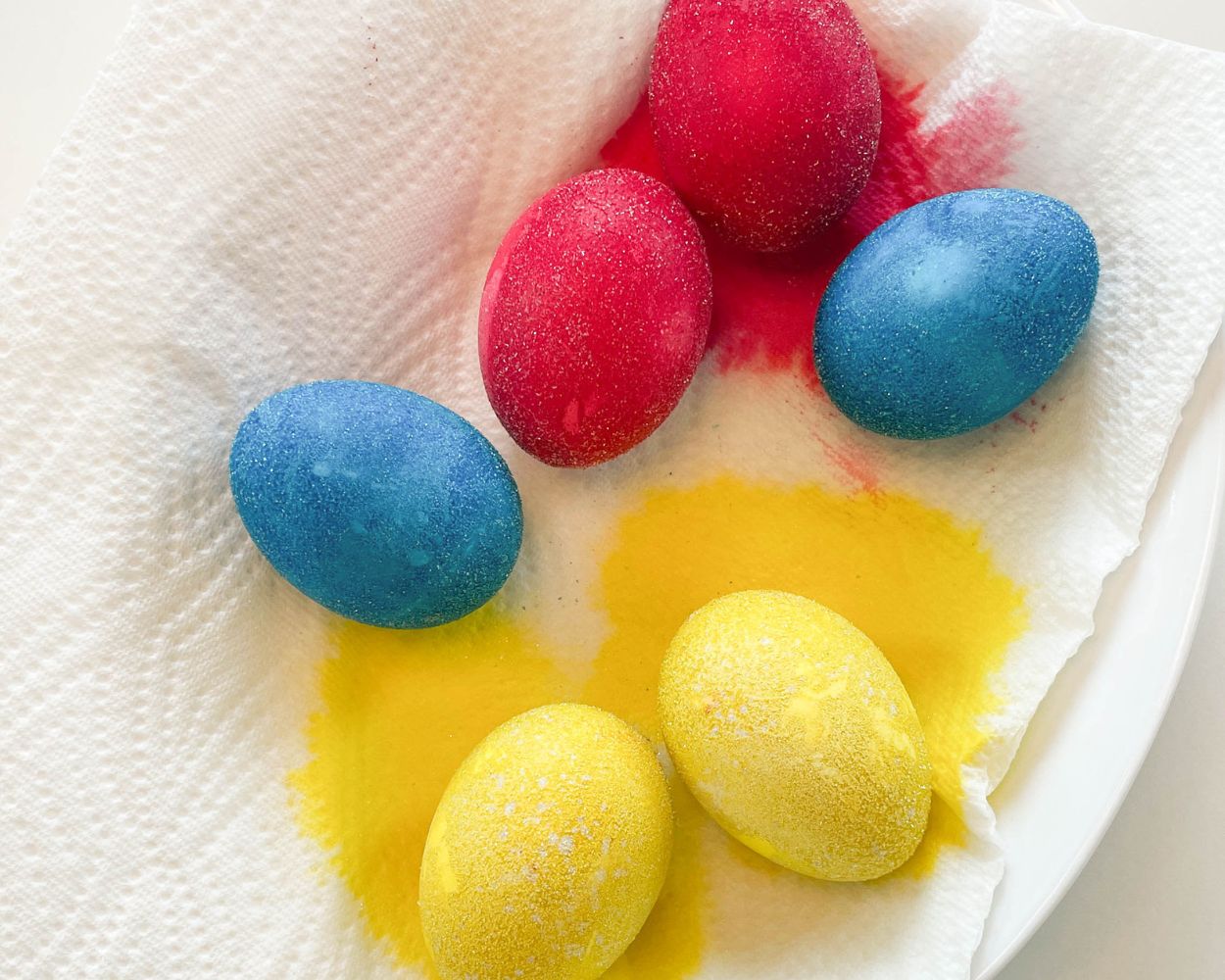
The best gifts for the Easter basket

Variant 2: Colouring eggs with rice
If you want to try something new with your classic egg dyes this year, we have a creative and very easy method for you: colouring eggs with rice. The special technique creates unique patterns - without any brushes or complicated tools!
What you need for egg colouring with rice:
- Eggs
- Rice
- Egg dyes or food colouring
- Freezer bags or sealable plastic containers

Here's how:
Step 1: Colour the rice
Put about half a cup of rice in a plastic container or freezer bag. Add a few drops of food colouring, close the container and shake vigorously until the colour is evenly distributed. For coloured eggs, you can prepare several containers with different colours.
Step 2: Colour the egg
Place an egg in the coloured rice, close the bag or container and shake gently. Moving the rice creates a unique, speckled pattern on the shell. The longer you shake, the more intense the colour will be.
Step 3: Leave to dry
Carefully remove the egg and leave it to dry.

Step 4: Done!
Your Easter eggs with a great speckled pattern are ready for the Easter nest!
Variant 2: Marbled Easter eggs
Because shaving foam can be used to conjure up a wonderful marbled look.
And this form of egg colouring is also sooooo much more fun than the traditional method. Because you can really make a mess. So get your hands on dad's shaving foam and let's go!
Our tip: It's best to wear rubber gloves if you don't want to scrub your hands for too long.
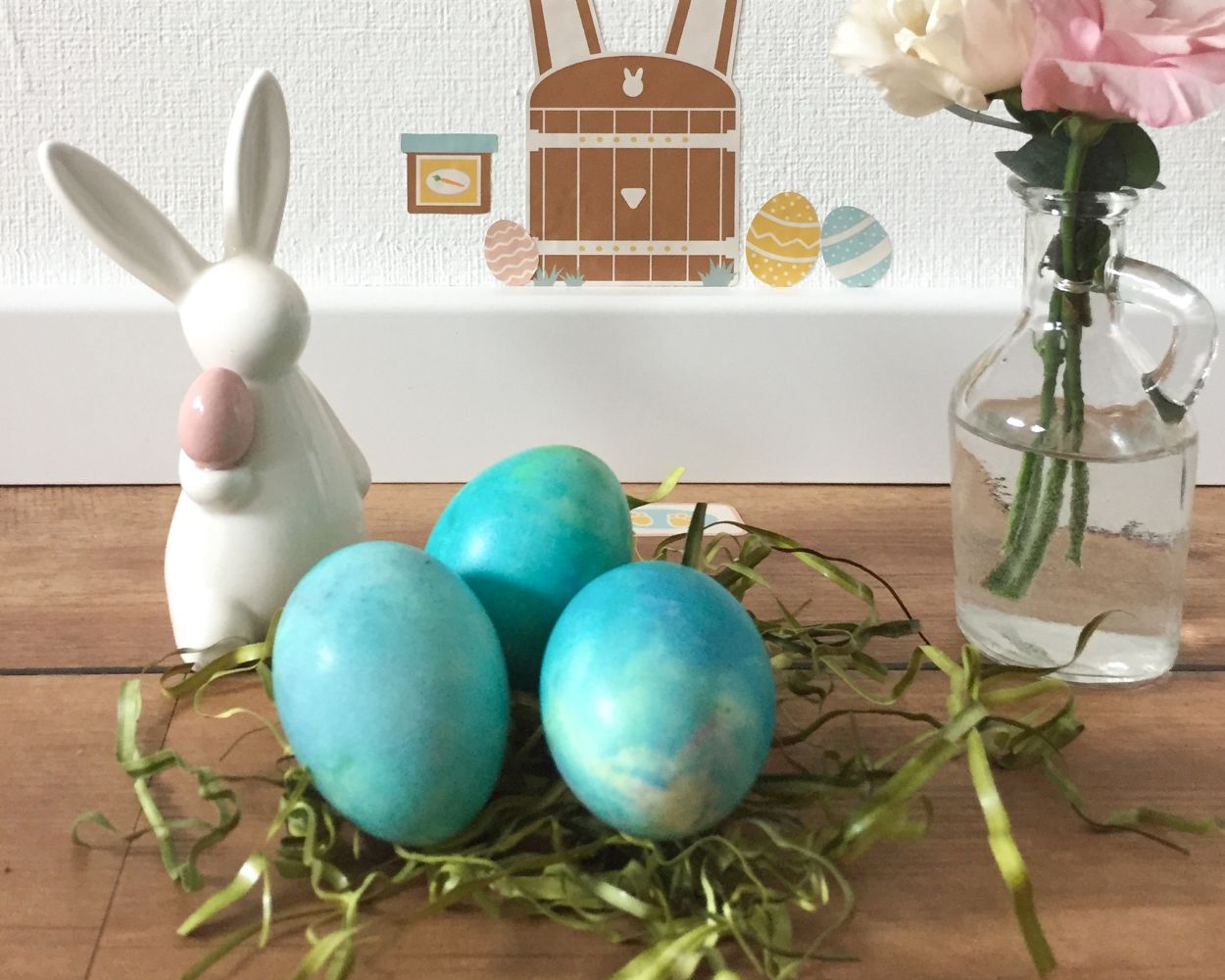

What you need for the marbled Easter eggs
- Eggs
- Egg dye or food colouring
- Some vinegar
- Shaving foam
- Bowl or plate
- Kitchen paper
Step 1: Make the preparations
Before you start, we recommend soaking the eggs in vinegar for a few minutes. This will help the colour to adhere better later. After the vinegar bath, simply pat the eggs dry.
Then spray the shaving foam onto a small plate or bowl. Now you can spread your favourite colours over the shaving foam. And you're ready to go!
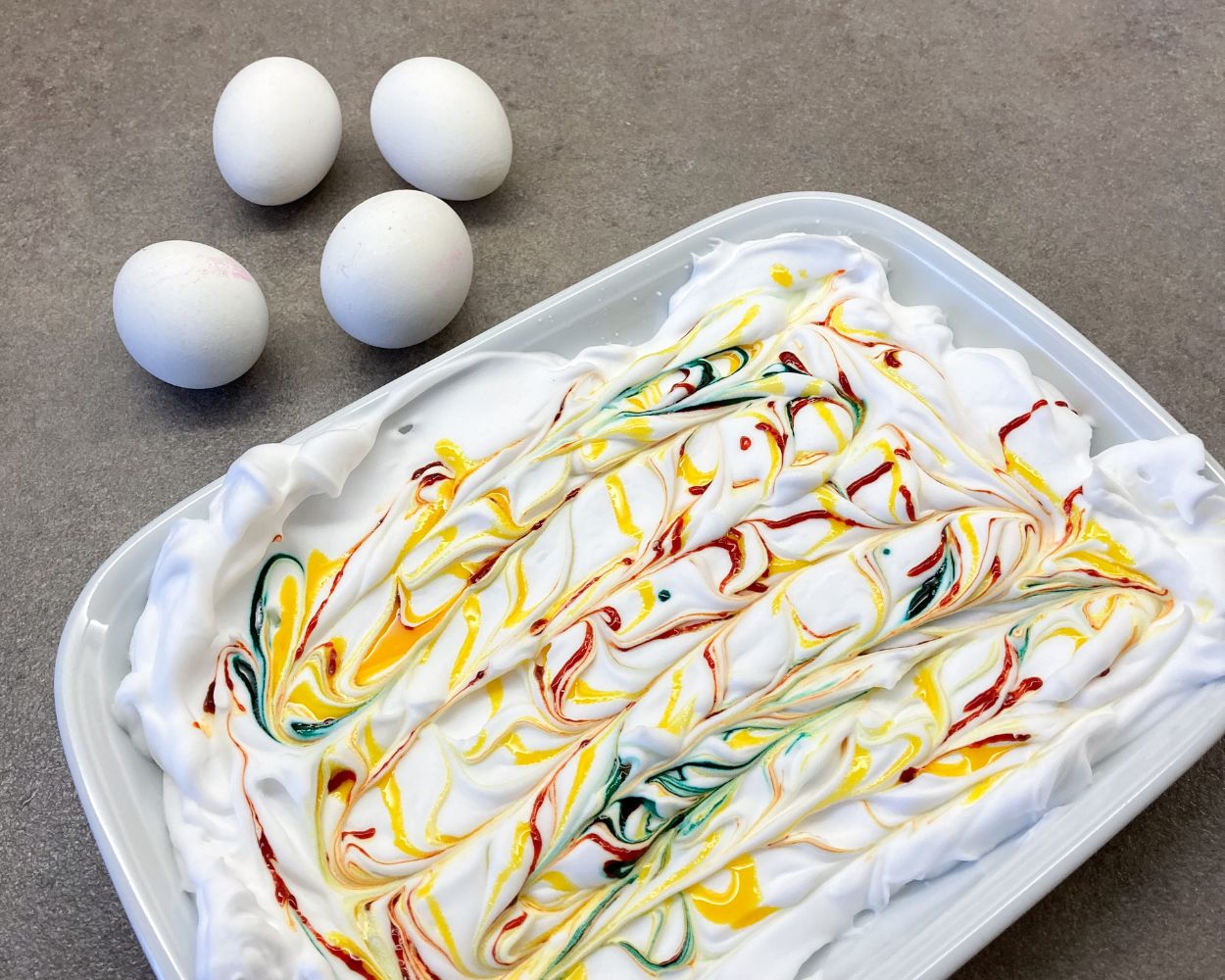
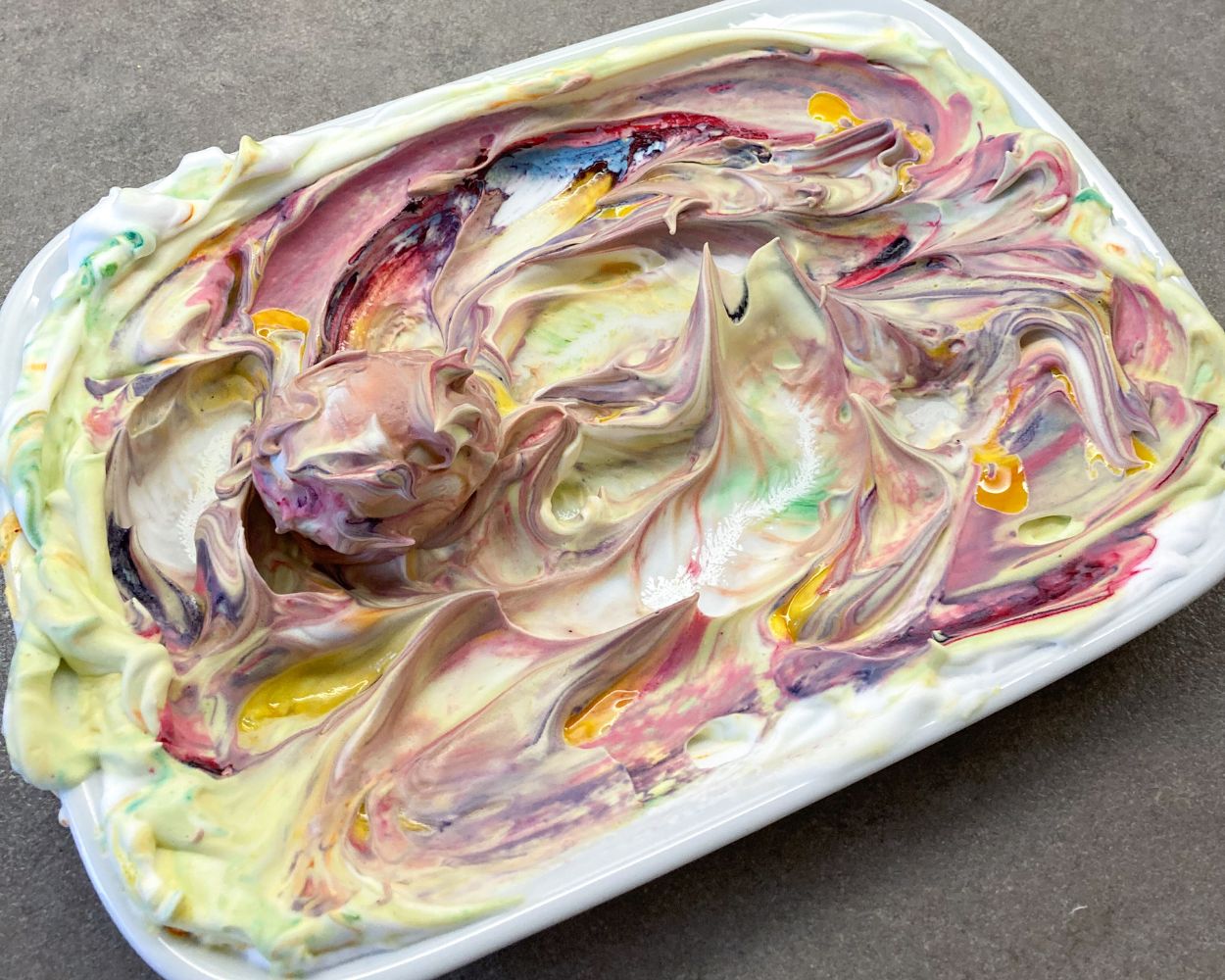
Step 2: Marbleise the eggs
The next step is to marbleise the eggs.
To do this, roll one egg at a time through the shaving foam. Back and forth, criss-cross until the egg is really colourful!
Step 3: Leave the coloured eggs to dry
Place the egg, which is now of course still full of shaving foam, to one side on kitchen paper.
Now wait a few hours until the colour has dried and then dab off the shaving foam. If you are not so patient , you can also carefully dab off the shaving foam directly. This creates a slightly different pattern by smudging the colour.
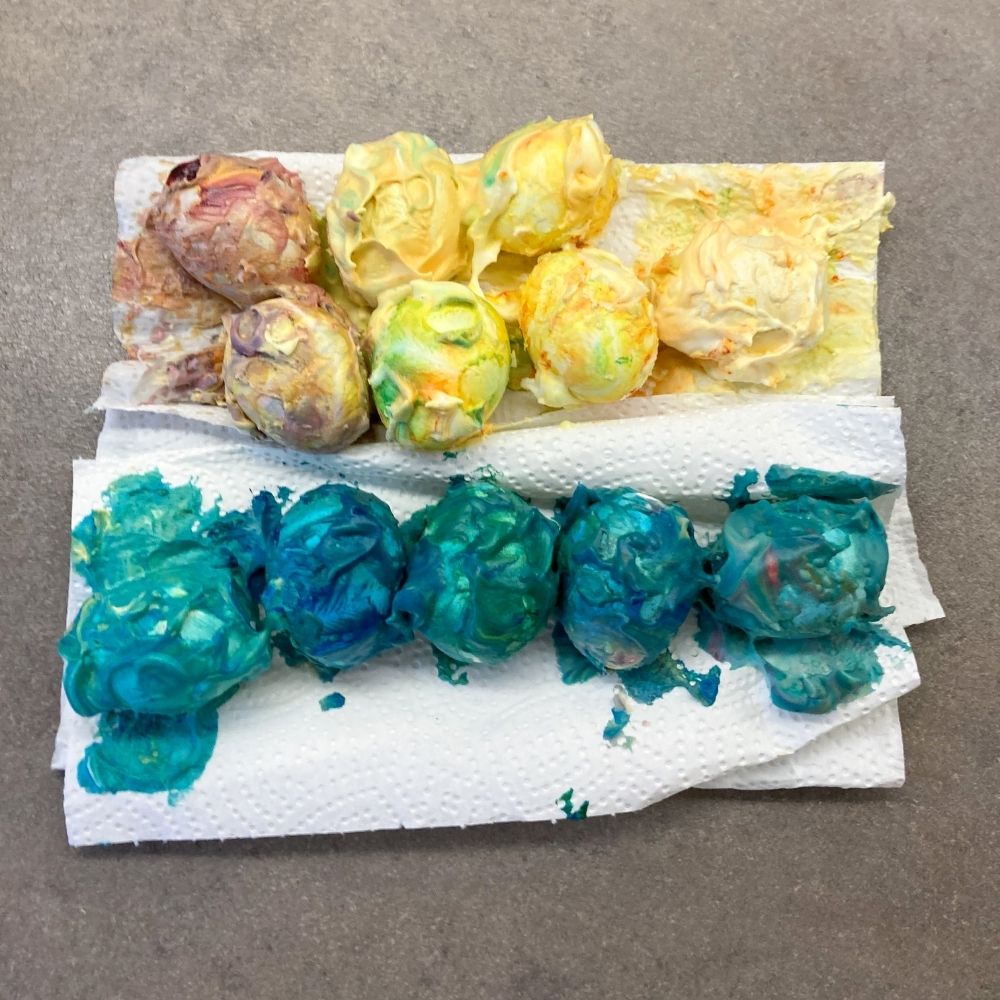
Even more ideas for Easter with children
In addition to colouring eggs, we have even more craft ideas for Easter.

